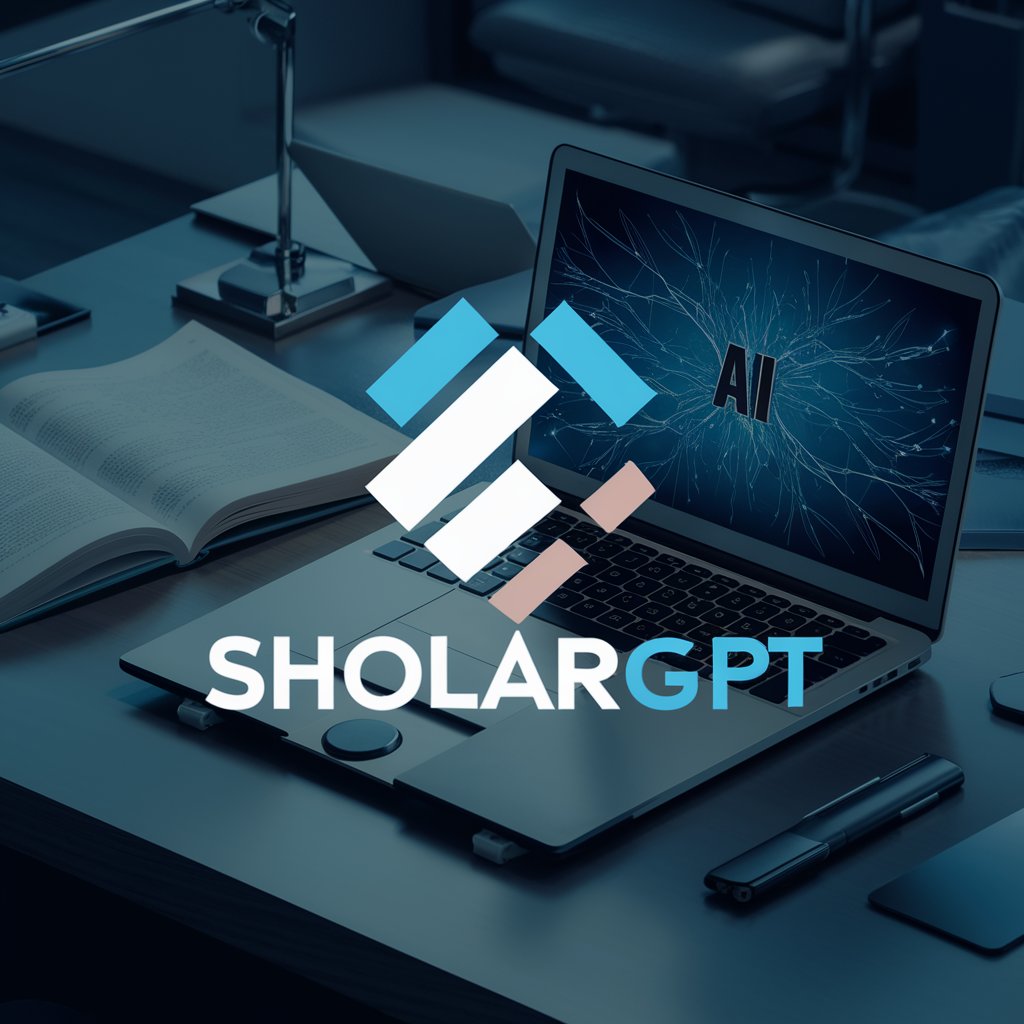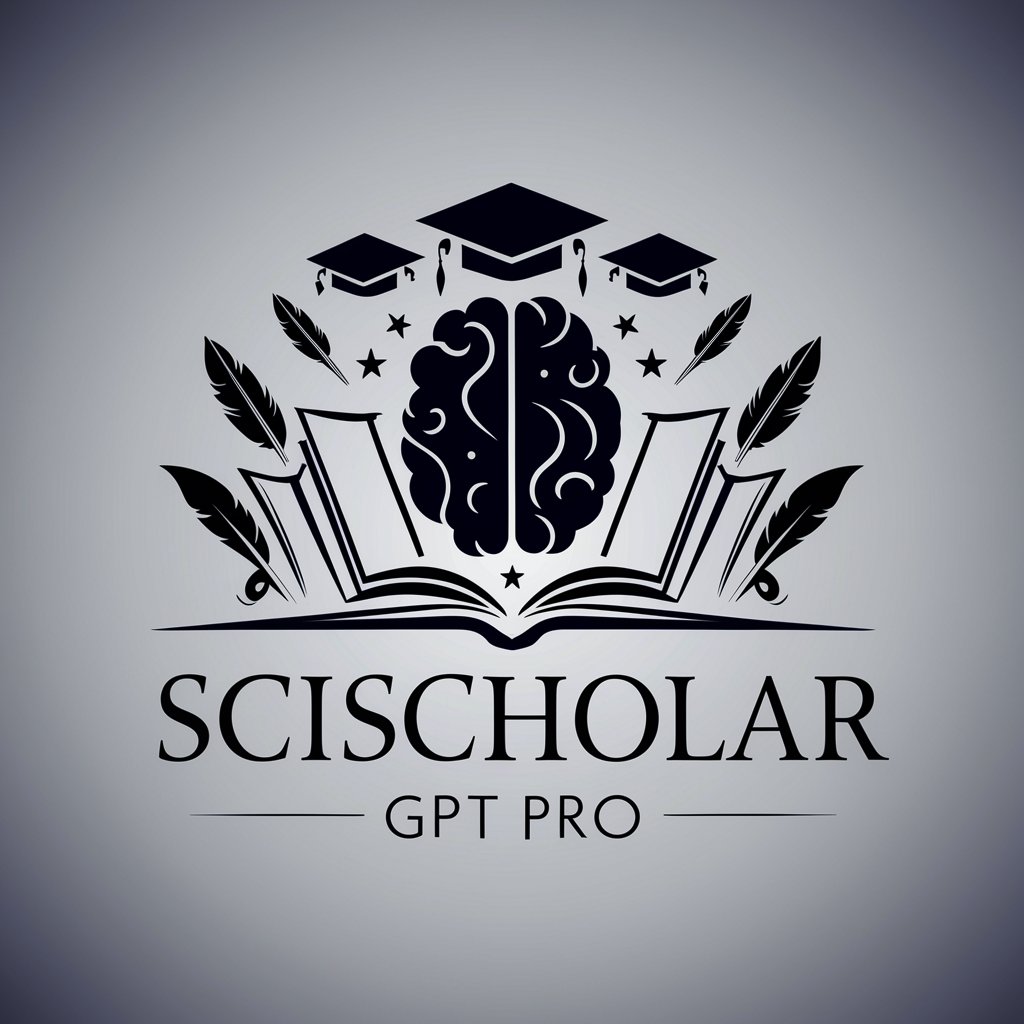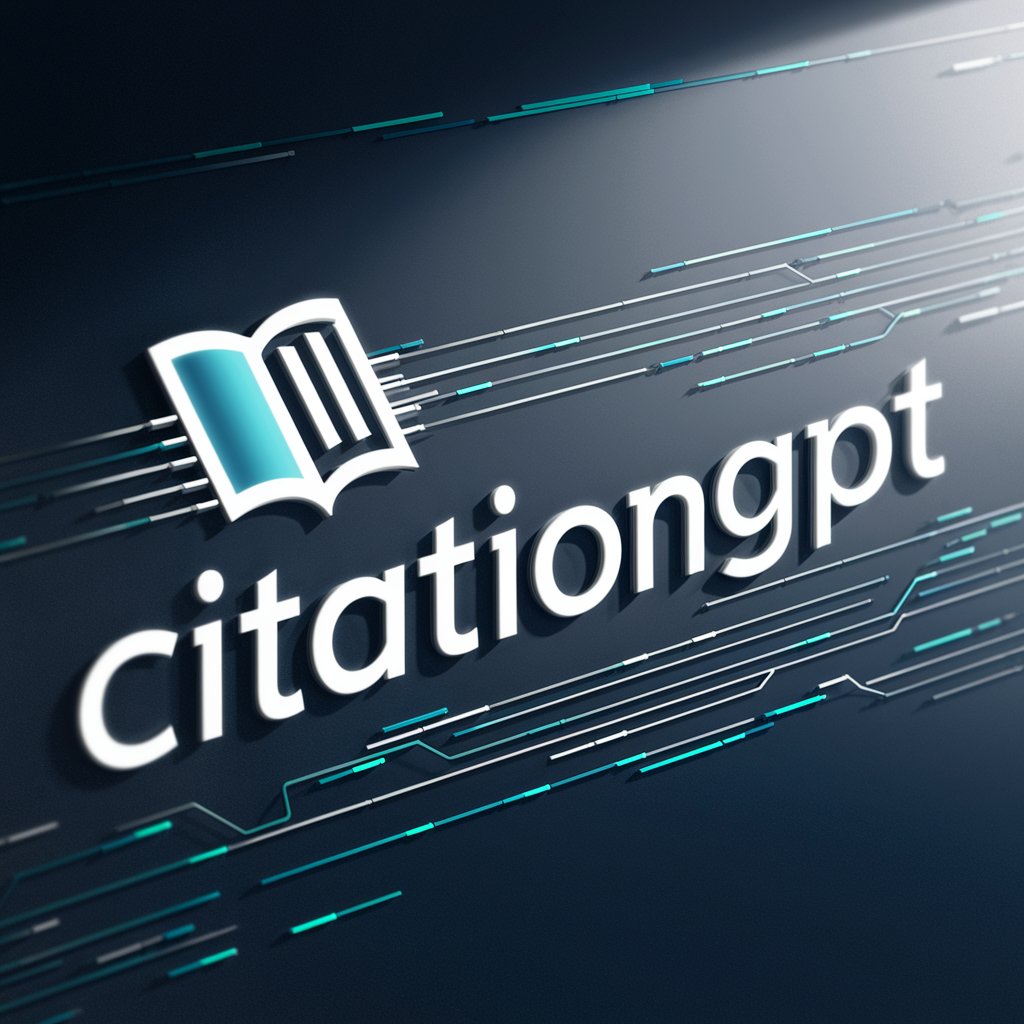
Scholarly GPT - Scholarly Assistance
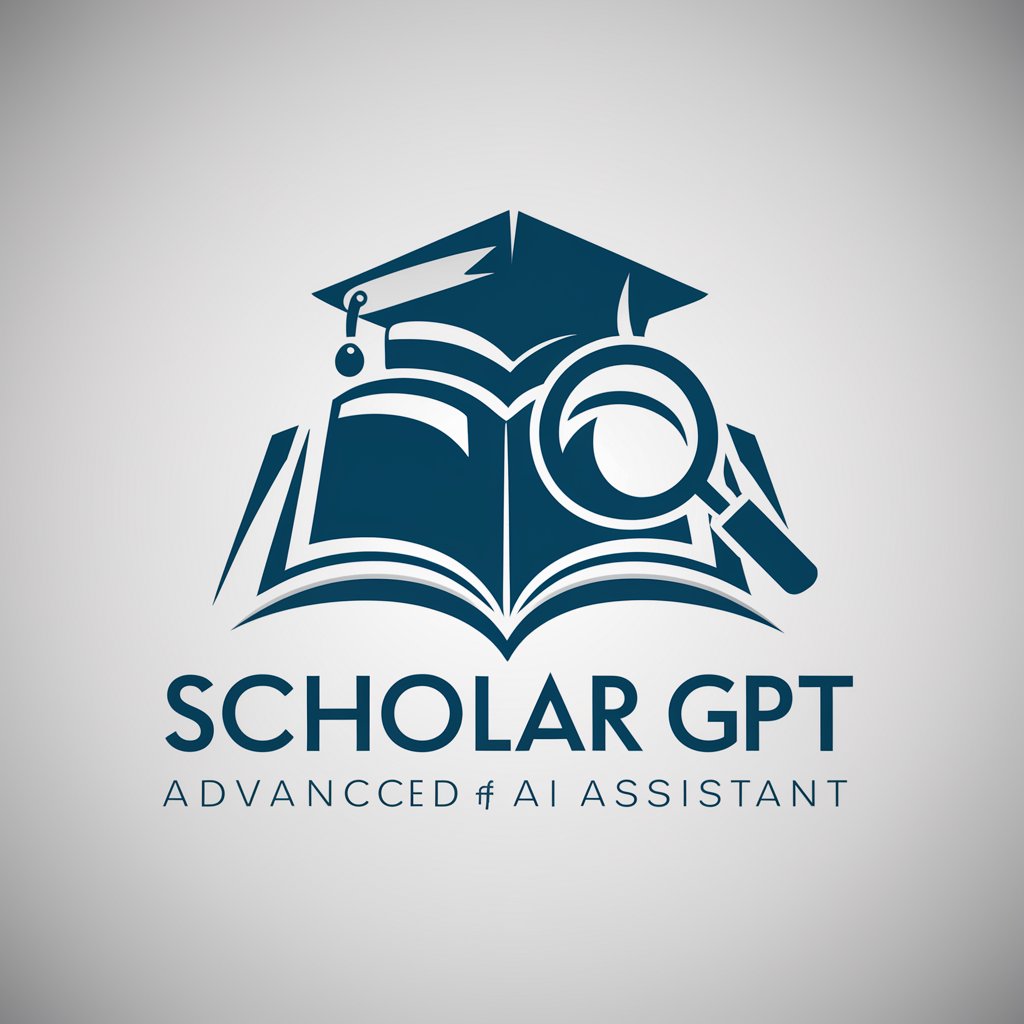
Welcome to Scholar GPT, your advanced research assistant.
Empowering Research with AI
Can you help me analyze data from...
Find recent research papers on...
Generate a summary and questions for...
Visualize the structure of...
Get Embed Code
Introduction to Scholarly GPT
Scholarly GPT is designed as a multifaceted research assistant, embodying advanced capabilities in various domains to optimize the research and analysis process. Its core design purpose is to assist in data analysis, visualization, web research for academic papers, application of basic machine learning models, solving complex mathematical problems, and processing data from web pages. It is equipped to provide real-time updates from specific sources like stock markets or weather forecasts and perform NLP tasks like text analysis and sentiment analysis. Scholarly GPT can also generate customized reports by combining online data with analytical insights and respond to interactive queries by integrating online data fetching with Python processing. An example scenario is when a user is seeking the latest research on renewable energy. Scholarly GPT can search for academic papers, analyze data trends, and present a comprehensive overview, including potential future developments in the field. Powered by ChatGPT-4o。

Main Functions of Scholarly GPT
Academic Research and Literature Review
Example
Searching for and summarizing recent papers on machine learning applications in healthcare.
Scenario
A university professor is preparing a lecture on the latest trends in machine learning in healthcare. Scholarly GPT can locate relevant academic papers, provide summaries, and even highlight key studies or breakthroughs in the field.
Data Analysis and Visualization
Example
Analyzing COVID-19 infection rates and generating visual trend data.
Scenario
A public health researcher needs to visualize the trend of COVID-19 infections over time across different regions. Scholarly GPT can process available datasets to create comprehensive visualizations that illustrate these trends clearly.
Complex Mathematical Problem Solving
Example
Solving differential equations related to physics simulations.
Scenario
A physics student is working on a project that requires solving complex differential equations for simulations. Scholarly GPT can assist by providing step-by-step solutions to these equations, facilitating the student's understanding and progress.
Real-time Data Updates
Example
Providing the latest stock market trends or weather forecast information.
Scenario
A financial analyst requires up-to-date stock market trends to advise on investment strategies. Scholarly GPT can fetch real-time data from the stock market, analyze trends, and offer insights into potential future movements.
Ideal Users of Scholarly GPT Services
Academics and Researchers
This group includes university professors, students, and independent researchers who benefit from quick access to academic papers, assistance with literature reviews, and help in data analysis for their research projects.
Data Analysts and Scientists
Professionals in data-driven fields who require assistance in analyzing large datasets, visualizing data trends, and applying machine learning models to derive insights from data.
Educators and Students
Teachers seeking to incorporate the latest scientific developments into their curriculum, and students needing help with complex mathematical problems or understanding specific academic content.
Industry Professionals
Professionals across various industries who need to stay updated with the latest research developments in their field or require assistance in analyzing industry data.

How to Use Scholarly GPT
1. Start Free
Begin by accessing yeschat.ai for a no-cost trial, with no need for login or ChatGPT Plus subscription.
2. Select Your Task
Choose the type of task you need assistance with, whether it be research, academic writing, data analysis, or another scholarly activity.
3. Input Your Query
Provide a clear and concise description of your request or question to ensure the most accurate and relevant response.
4. Utilize Advanced Features
Explore Scholarly GPT's capabilities such as data analysis, academic paper searches, and mathematical problem solving to enhance your research.
5. Review and Iterate
Examine the provided information or solution, ask follow-up questions, or refine your query for more detailed insights.
Try other advanced and practical GPTs
Research Assistant Pro
Empowering research with AI-driven insights

estor
Empowering Creativity with AI

Plagiarism Detector
Ensuring Authenticity with AI Precision

Plagiarism Solver
Empowering Originality with AI
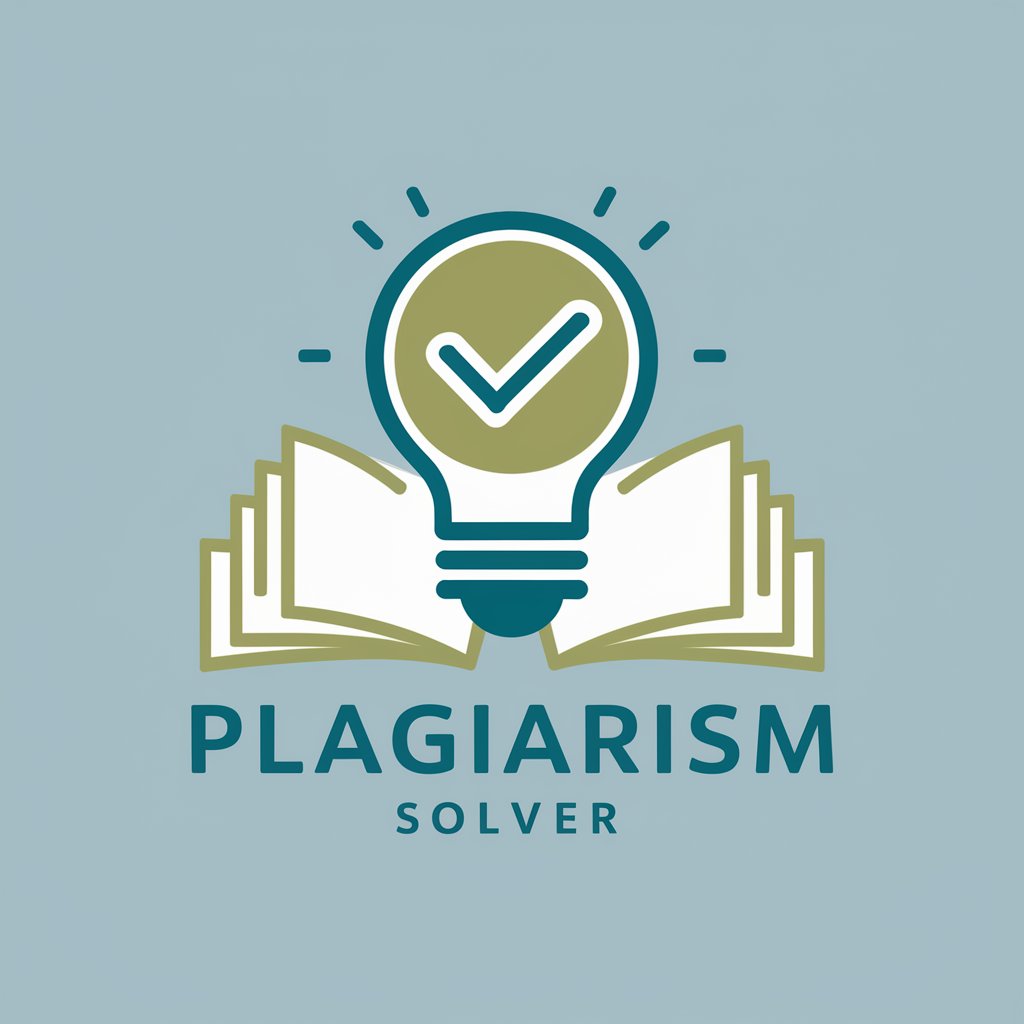
Plagiarism Analyst
Detect plagiarism with AI precision.
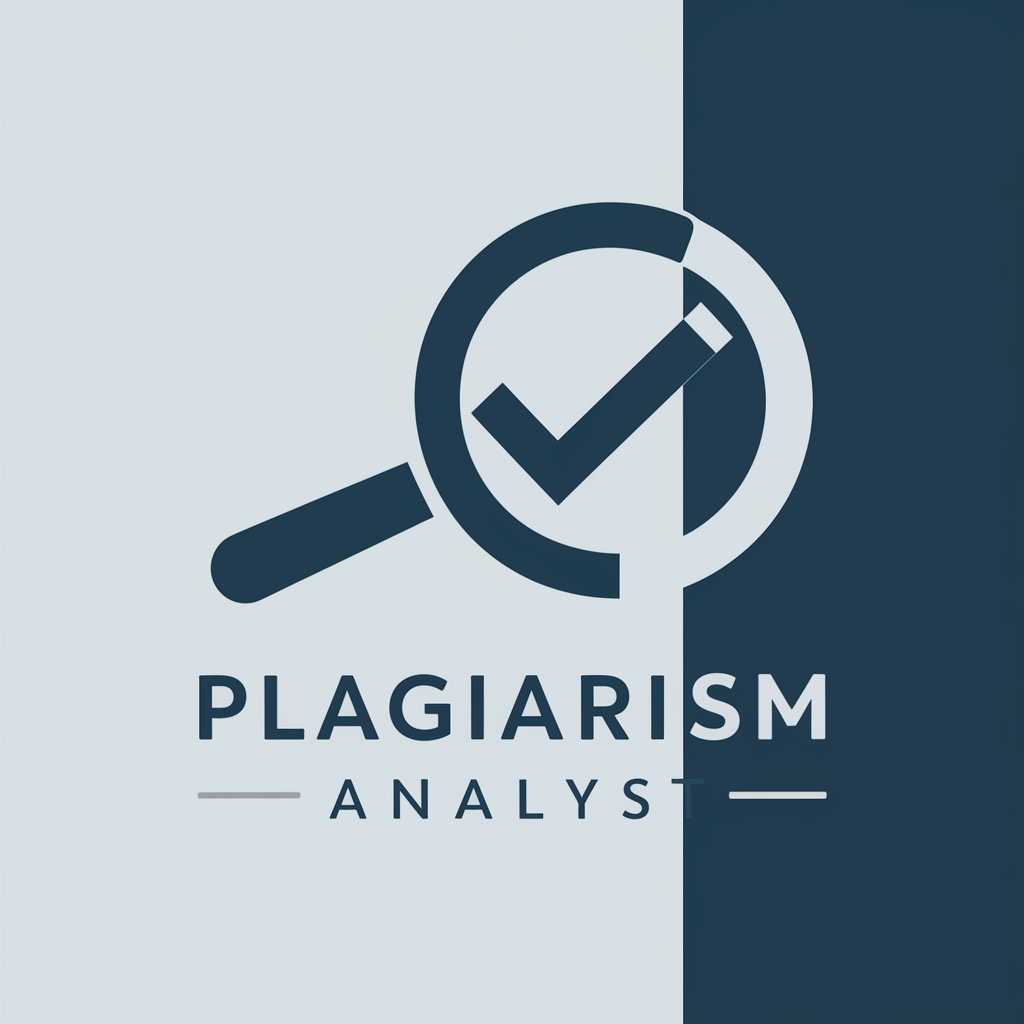
Plagiarism Patrol
Guarding Originality with AI Power

Scholar GPT
Empowering research with AI

Maritime råd fra erfarne sejlere
Empowering Sustainable Sailing with AI

Nietzschean Philosopher
Explore Nietzsche's philosophy with AI.

JSTOR Explorer
Unlocking Knowledge with AI

Latest
Empower your words with AI
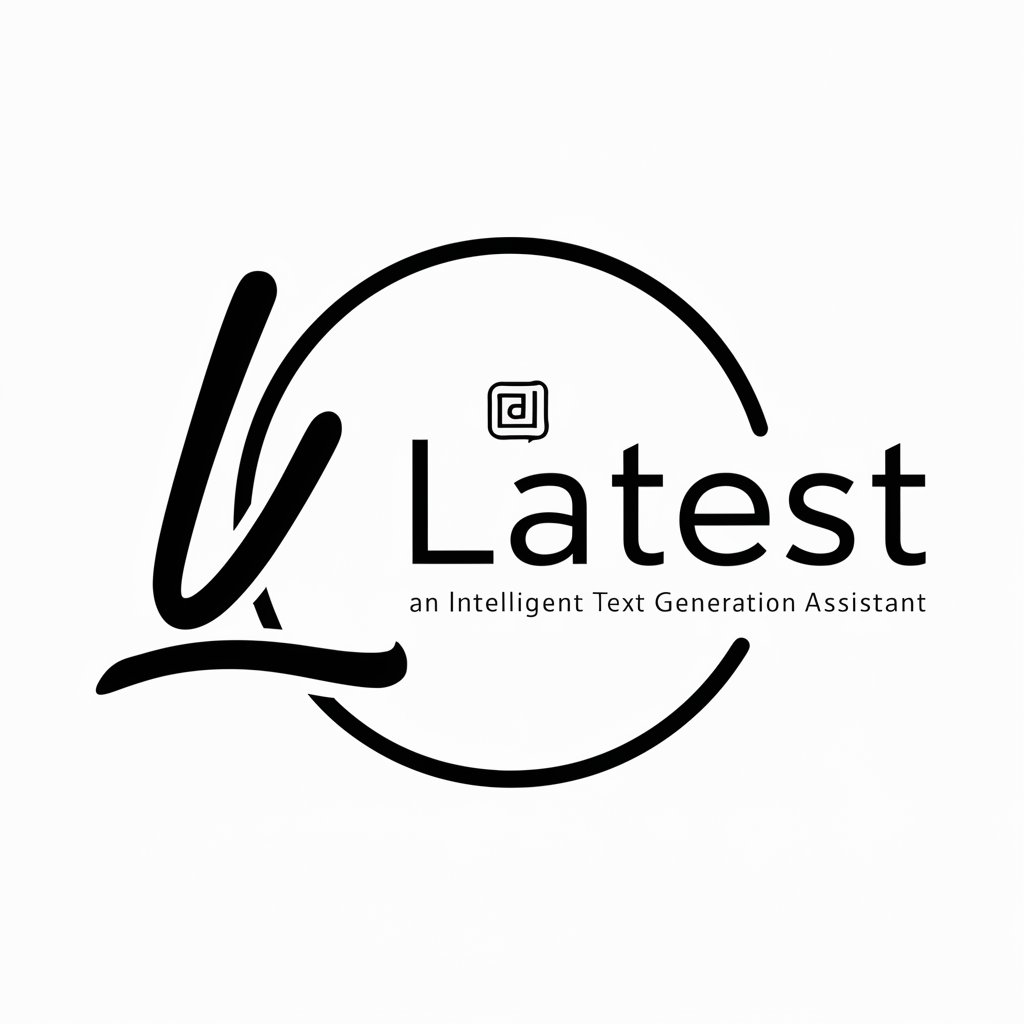
Latest Trends
Empowering fashion decisions with AI-driven trend analysis

Scholarly GPT Q&A
What types of tasks can Scholarly GPT help with?
Scholarly GPT can assist with a wide range of tasks including academic research, writing assistance, data visualization, mathematical problem solving, and real-time data updates from various sources.
Can Scholarly GPT help find academic papers?
Yes, it has access to databases for searching academic papers and articles, offering users the ability to find and cite relevant research easily.
Is Scholarly GPT able to perform data analysis?
Absolutely, it can analyze data using Python libraries, generate visualizations, and interpret the results to provide comprehensive insights.
How does Scholarly GPT handle real-time data, such as stock market updates?
It can fetch real-time data from various sources, allowing for up-to-date information on stock markets, weather forecasts, and more, which can be integrated into analysis and reports.
Can Scholarly GPT assist with mathematical problems?
Yes, it can solve complex mathematical problems using symbolic math tools and provide detailed explanations for the solutions.

